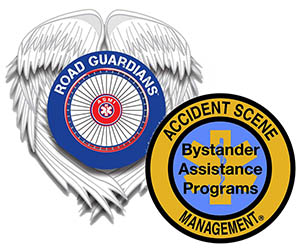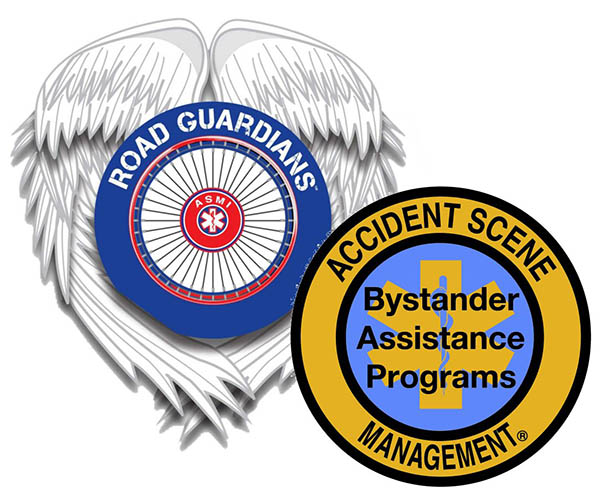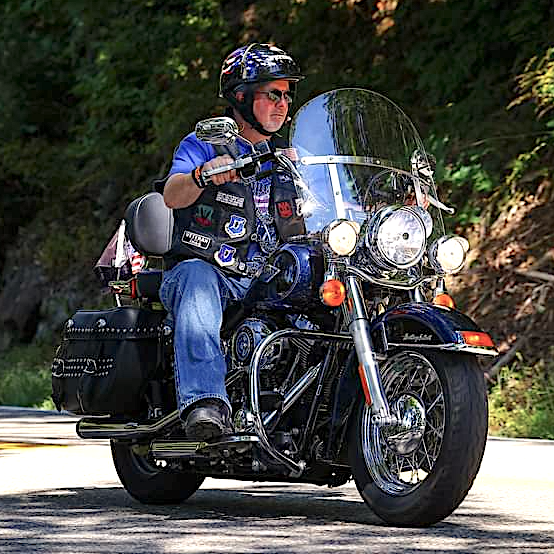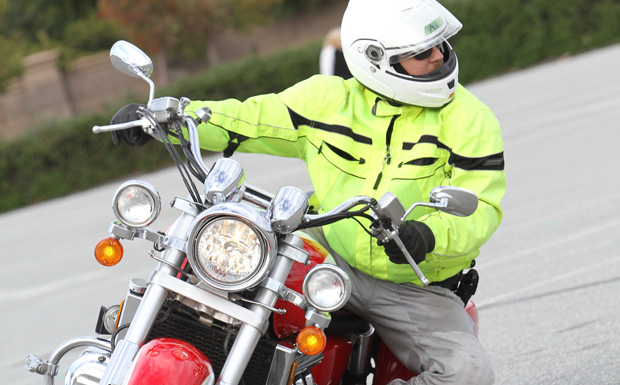
Motorcycle Braking: The Good, The Bad, and The Ugly
This is the third installment of a three part series on Motorcycle Braking. To read the first on Common Braking Errors click HERE. To read the second on Good Braking Techniques click HERE.
“I’ve been riding for 30 years I don’t need to practice!”
Yep – I’ve heard this phrase and others like it for many years. Here’s the deal – if you want to be good at any skill, you need to practice that skill. This applies to: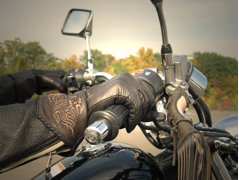
- Bowling
- Target shooting
- Playing pool
- Darts
- Juggling
- Motorcycling
- And countless others
“I ride every day that’s how I practice.”
Maximum braking on a motorcycle is a very specific skill, and the fact is that just riding doesn’t build or maintain that skill. As you are out riding and scanning your environment for hazards, you are doing braking, but the number of times you do maximum braking on the street is low. (**NOTE: if you are doing maximum braking a lot on the street, you may need to work on better scanning and hazard detection).
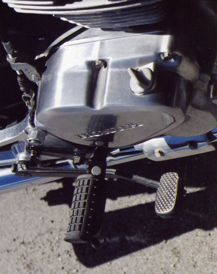 Think about airlines pilots – they practice a lot how to handle emergency situations. They don’t encounter those emergencies very often in flight, but they specifically practice so that if and when the emergency does happen, they are ready (and we, as passengers, appreciate that!)
Think about airlines pilots – they practice a lot how to handle emergency situations. They don’t encounter those emergencies very often in flight, but they specifically practice so that if and when the emergency does happen, they are ready (and we, as passengers, appreciate that!)
Physical Practice
It’s pretty easy to practice maximum braking and I encourage all riders to invest some time practicing. Here are some practicing tips:
- Find an off-street location with good pavement (one that you have permission to ride on). Keep an eye out for traffic (maybe bring a friend to help keep watch).
- Cut a few tennis balls in half to make cones for a ‘start braking here’ mark (other objects will do, but I like the bright yellow of the tennis balls)
- Find a way to measure your stopping point. Here are some options:
- Use small bean bags and drop one when you stop
- Use the parking lines in the parking lot
- Have a friend watch and note distances
- Start out at a relatively low speed to work on smoothness, say about 15-20mph. Do several runs at that speed until you feel comfortable and are doing smooth quick stops. Then increase your approach speed by 5mph.
- Got riding buddies? Make it a group event and encourage each other.
- CAUTION #1: Doing maximum braking practice is physically taxing. 10-20 minutes of practice is good for 1 session. You can (and are encouraged to) come back another day and do more.
- CAUTION #2: You may experience an accidental skid when practicing. If you do get a skid, remember to release the brake immediately to regain control, then reapply more smoothly.
Mental Practice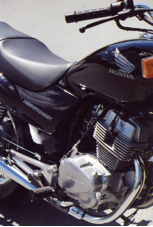
As mentioned above, panic in ‘the moment of truth’ is a legitimate concern. Sometimes riders have the knowledge and the skill, but fear or panic can override both. So, practice in your mind. Yes, I really said that
- When riding (and even when not riding), visualize yourself on a ride and executing maximum braking skills
- Well
- Confidently
- Successfully
This is what professional athletes and performers do. It allows your mind to gain ‘experience’ so in the moment of truth the mind can say ‘hey, I’ve been here before, I got this’ and override the fear or
panic.
**NOTE: this is not instead of actual practice; it’s in addition to actual practice.
Taking a Motorcycle Safety Class (Benefits and Limitations)
I am a big fan of rider training (I’ve been in the rider training business for over 2 decades, so I’d better be!) I take courses regularly and encourage other riders to do the same. Here are a few of the benefits and limitations of taking a rider training course.
Benefits:
- A trained professional watches you ride and gives you feedback to improve
- It’s a safe environment to push yourself to increase your skills
- By doing the exercises in class, you get to see how you can practice on your own once the class is over
Limitations:
- Taking a class is a one-shot deal. Just like any other kind of training class, if you don’t practice after taking the class it doesn’t do you much long term good. This is not a ‘negative’ to taking a class, just the reality of training. It’s like eating healthy meals for 2 days – if you shift your diet to be healthier as a result, you will experience long term benefits. If, however, you eat healthy meals for 2 days and then eat junk for the rest of your life, the benefit of those healthy meals is very short lived.
- The moral of the story is that if you really want to benefit from a rider training course, take what you learn and apply it and practice it in your street riding after the class over.
Written by – Stacey “Ax” Axmaker
Stacey “Ax” Axmaker had his first exposure to motorcycle safety in 1991 when his insurance agent suggested he take a rider training class to get a discount on his premium. He did and was so blown away by what he didn’t know, that he asked how he could be an Instructor. Since that day Ax has ‘served the cause’ in a variety of roles including Instructor, Instructor Trainer, Chair of Idaho’s Strategic Highway Safety Plan Motorcycle Safety Committee, and many more.
